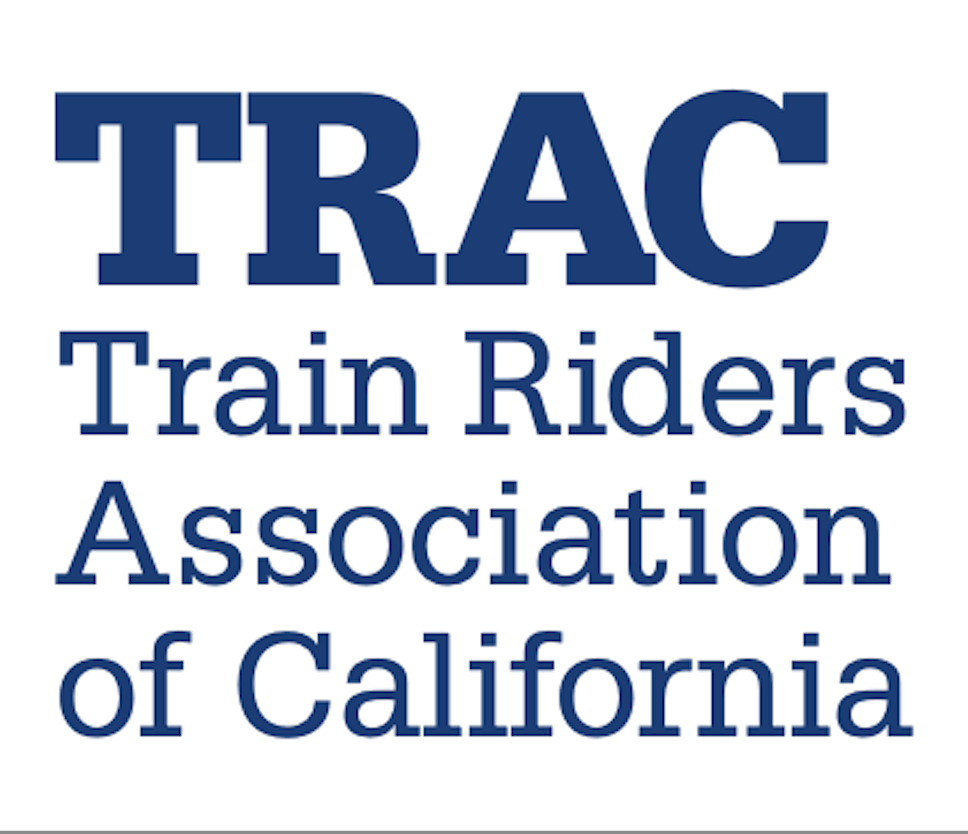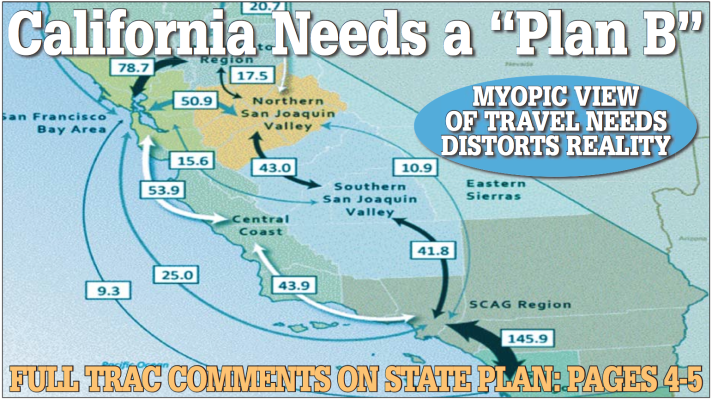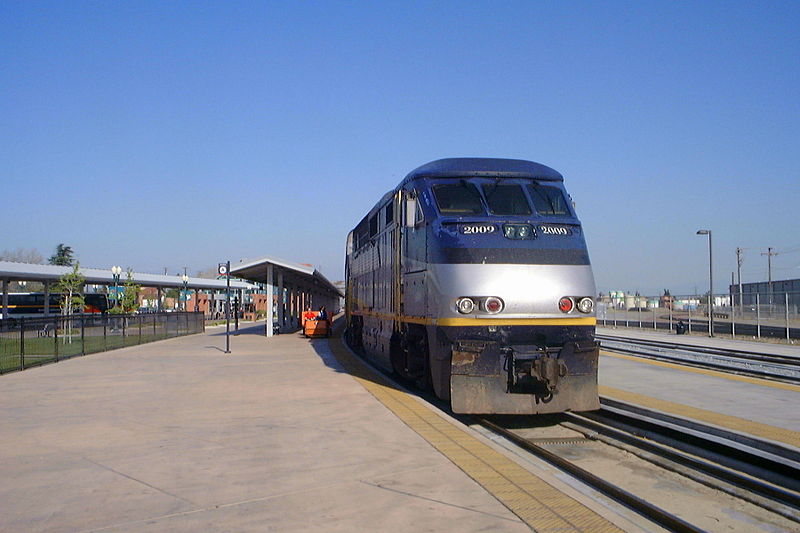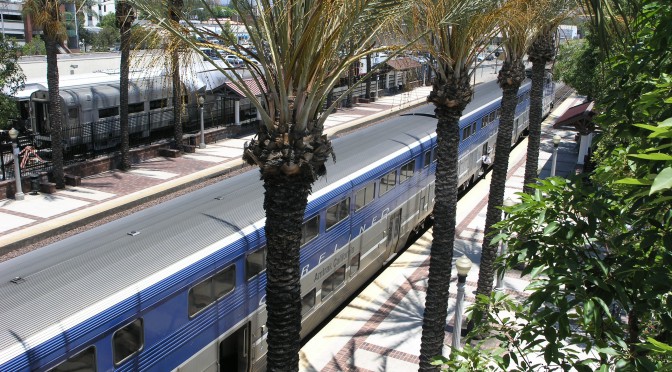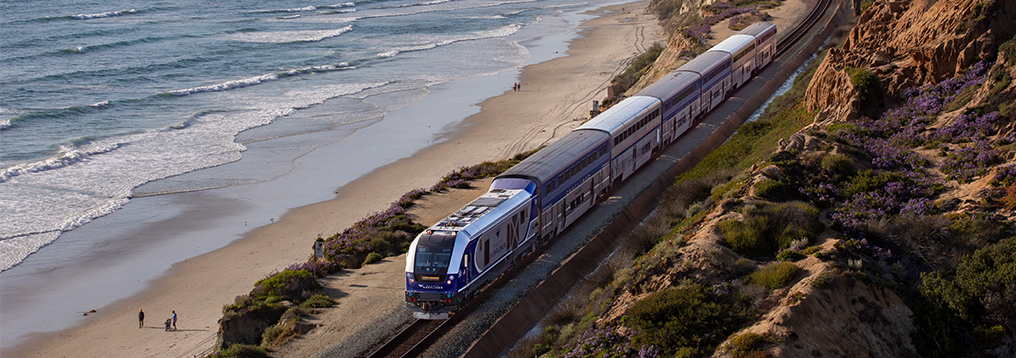Spanish HSR Station & Tunnel Flood In Girona, Spain
Photo – Flooded High Speed Rail Station in Girona, Spain
By Richard F. Tolmach
Barcelona-Figueres AVE high-speed trains as well as all Spanish international TGV service was stopped for over a week, following heavy rain September 29 that flooded the Girona AVE station and blocked the six kilometer tunnel north of the station. About 15,000 riders were negatively affect- ed, and several hundred trains cancelled.
Renfe was initially forced to cancel all AVE (high speed) and AVANT (regional expresses) north of Barcelona, partly because the line was cut, partly because the entire local fleet was stranded in Figueres. By three days after the incident, water was drained from Girona AVE sta- tion and service was re-established to that point, using sets borrowed from Madrid. The fleet shortage and delays turning trains also somewhat disrupted and delayed Barcelona-Madrid AVE service.
The line north of Girona was more chal- lenging, because infrastructure operator ADIF had to clear 15 million gallons of water from the last mile of the tunnel, a process that lasted several more days. ADIF requested help from the army’s Emergency Military Unit (UME) which brought 84 sol- diers, 30 vehicles, a boat and an aircraft
to Girona. Its pumps were theoretically capable of moving 300,000 gallons an hour, but the distance between the closest access point and the water meant slower progress.
Conditions for travelers to Figueres and France were chaotic. Passengers were gen- erally redirected to conventional regional trains or bus shuttles, but without much warning. International passengers clogged both Girona and Perpignan stations, waiting for delayed buses to show up.
Between 2 and 4 inches of rain fell in the 24 hours preceding the tunnel problem. This certainly was not a 100-year storm, but set a record for more than decade, because the region has had low rainfall for years. Various streets and highways around Girona also flooded at the same time.
The Girona AVE station was particu- larly vulnerable to flooding because it was placed underground next to a watercourse. The conventional Renfe station above it, perched 20 feet above water level and with a modern viaduct connecting northward, was relatively unaffected.
The AVE station filled to platform level, approximating the appearance of a Venetian canal. The tunnel filled to 7 meters height, enough to submerge the catenary. Luckily, no trains were on the line at the time.
For three days, ADIF was silent on the cause of the flood, but then blamed the problem on city infrastructure. ADIF went so far as to claim that flooding of AVE through Girona acted to divert water from flooding city streets, which prevented “greater harm” to the city itself.
Girona Mayor Carles Puigdemont retort- ed, calling the ADIF statement “a shameful text that is an insult to public intelligence.”
Opening the line required overcoming many problems. The tunnels were filled with mud, which had to be cleaned with more water. Until the tunnels were dry, ADIF technicians couldn’t check damage caused to catenary or AVE’s electrical and signalling equipment.
Ironically, less than a week after the disaster, Girona hosted a summit of cit-
ies on high speed for which French par- ticipants had to arrive by bus. Girona Parliamentary representative Santi Vila believes that the AVE flood made the Rajoy administration “ridiculous in the eyes of the world.” In a speech before Parliament, he noted that Rajoy has made high speed rail its flagship project, and characterized the tunnel flood as a “collapse of a project of which [Rajoy] boasted until recently.”
Mayor Puigdemont not only criticized the AVE project for negligence, but for intrin- sic safety flaws in its design. He made
the point that many lives would had been in danger if the tunnel had flooded when trains were operating instead of overnight. The tunnel section below the river was one of the most expensive features of the line through Girona, but now seems to have become the Achilles heel of the project.
On October 10, the Girona City Council overwhelmingly passed a resolution stating that the event showed that the AVE line, although operating for 21 months through Girona, is clearly not completed and lacks essential safety provisions.
Officials characterized ADIF as having produced “totally unnecessary and unac- ceptable risk.” The text concludes by ask- ing ADIF to complete “immediately and urgently without further delay” remaining work especially in Central Park and in the neighborhood of Sant Narcís. It has been forwarded to the Minister for Public Works, Ana Pastor, the Ministry of Development and President of ADIF.
The resolution criticizes ADIF for resum- ing service without adequate security. Mayor Puigdemont was sent to Madrid to put ADIF on notice of the City’s concerns..
